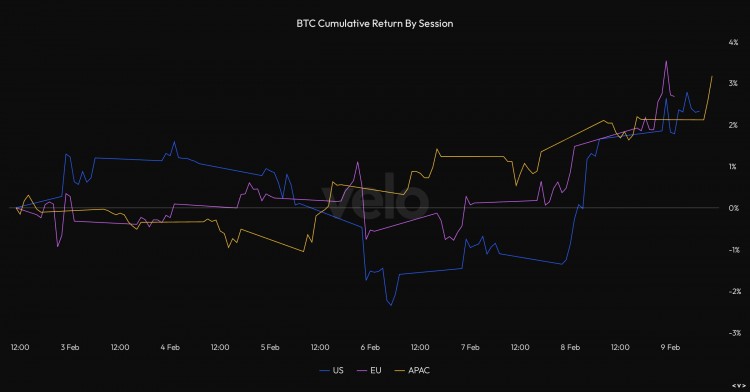时间:2024-02-26|浏览:232

用戶喜愛的交易所

已有账号登陆后会弹出下载
British "Financial Times" columnist John Prender wrote an article warning that the spiraling public debt in the United States may trigger actions of bond market vigilantes, and called on policymakers to start formulating contingency plans now.
There is a resurgence of “bond vigilantes” in sovereign debt markets. This was clearly demonstrated by the sell-off in British government bonds and the ouster of former British Prime Minister Liz Truss. Will the fiscally disciplined members of the global investment community now turn to the U.S. Treasury market to exert this disruptive force?
Such a challenge would not only hit current President Joe Biden hard, but could also undermine the United States' role as a major provider of safe assets during global crises, while threatening the U.S. dollar's status as the world's largest reserve currency.
For many, the idea is simply unimaginable. In a recent speech, Fed Governor Waller declared that investors' selling of the U.S. dollar during the financial crises of 2008 and 2020 "conclusively proved that the U.S. dollar is the global reserve currency and is likely to remain that status."
Indeed, after all, the dollar is backed by the world's largest and most liquid debt market. It enjoys what economists call network externalities: widespread acceptance and widespread use. Backed by the world's largest economy, the currency accounts for nearly 60% of all central banks' foreign exchange reserves.
Note also that while the U.S. economy's share of global output continues to shrink, the result is no more than a modest decline in the U.S. dollar's relative share of global reserves. That being said, Waller notably failed to mention that U.S. Treasuries are no longer considered an ultra-safe store of value.
This is not because of the dysfunction of the U.S. government, nor because of the weaponization of the dollar, nor because of the competitive threat that other central banks’ digital currency plans may pose. In fact, the problem is America's rising public debt, which now exceeds 97% of gross domestic product (GDP), a level not seen since World War II.
It will be instructive to compare this level with the situation in the post-war period. The United States successfully reduced its debt-to-GDP ratio from 106% in 1946 to 23% in 1974. But these debts are largely domestic, with nearly a quarter now in foreign hands. For about half the time before 1980, real interest rates in advanced economies were negative. Economists Carmen Reinhart and Belen Sbrancia estimate that debt liquidations due to negative interest rates in the US and UK average an average of 3% to 4% of GDP each year.
This resulted from a policy of financial repression, including restricted investment institutions and banks direct lending to the government, interest rate caps, and capital controls. The growth rate of national output also exceeded the interest rate on government debt for most of the three decades after World War II. The result: debt has shrunk dramatically.
But in today's world of deregulated capital flows and markets, financial repression will not be enforceable. The Federal Reserve has raised interest rates to help achieve its 2% inflation target, and ultra-low interest rates are no more. Meanwhile, the Congressional Budget Office predicts that the U.S. deficit will surge by nearly two-thirds over the next decade, with interest payments accounting for three-quarters of the increase. This stems from a debt binge triggered by years of ultra-loose monetary policy.
Even the Treasury has declared the public debt burden unsustainable. This means that the IOU it has placed on itself - the main safe asset in global markets - may not be safe. To solve this problem, fiscal consolidation, i.e. debt reduction, is needed. Some are banking on a polarized U.S. government, whether under Biden, Trump or anyone else.
The demise of the dollar's dominance has long been predicted, but it never happened because other countries' sovereign debt could not match the supposed safety and liquidity of U.S. Treasuries. However, this logic may be broken in the face of a deep-rooted problem identified by economists Ethan Ilzetzki, Reinhardt, and Kenneth Rogoff.
They believe demand for safe dollar debt could exceed the U.S. government's ability to support it at a time when the tax base is shrinking. In this scenario, the United States finds itself in a position similar to the collapse of the Bretton Woods exchange rate mechanism in the early 1970s, which triggered two decades of high inflation and persistent financial instability.
It is therefore safe to predict that the fiscal integrity of sovereign borrowers will become a more pressing concern for official reserve managers. And if “bond market vigilantes” strike, the nature of the flight to safety will be redefined in the ensuing storm, as fiscally profligate countries will be beset by financial crises. Meanwhile, fiscally conservative countries will be hit by runaway bond market bubbles.
Article forwarded from: Golden Ten Data









